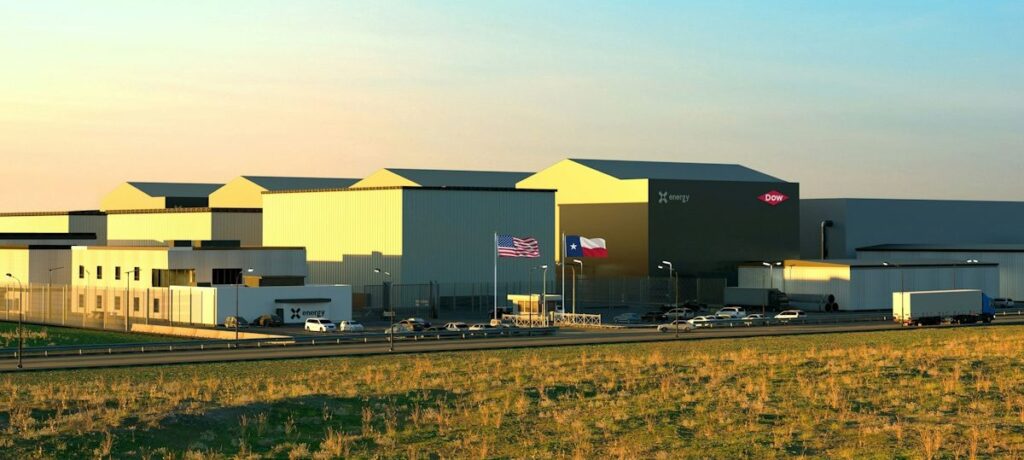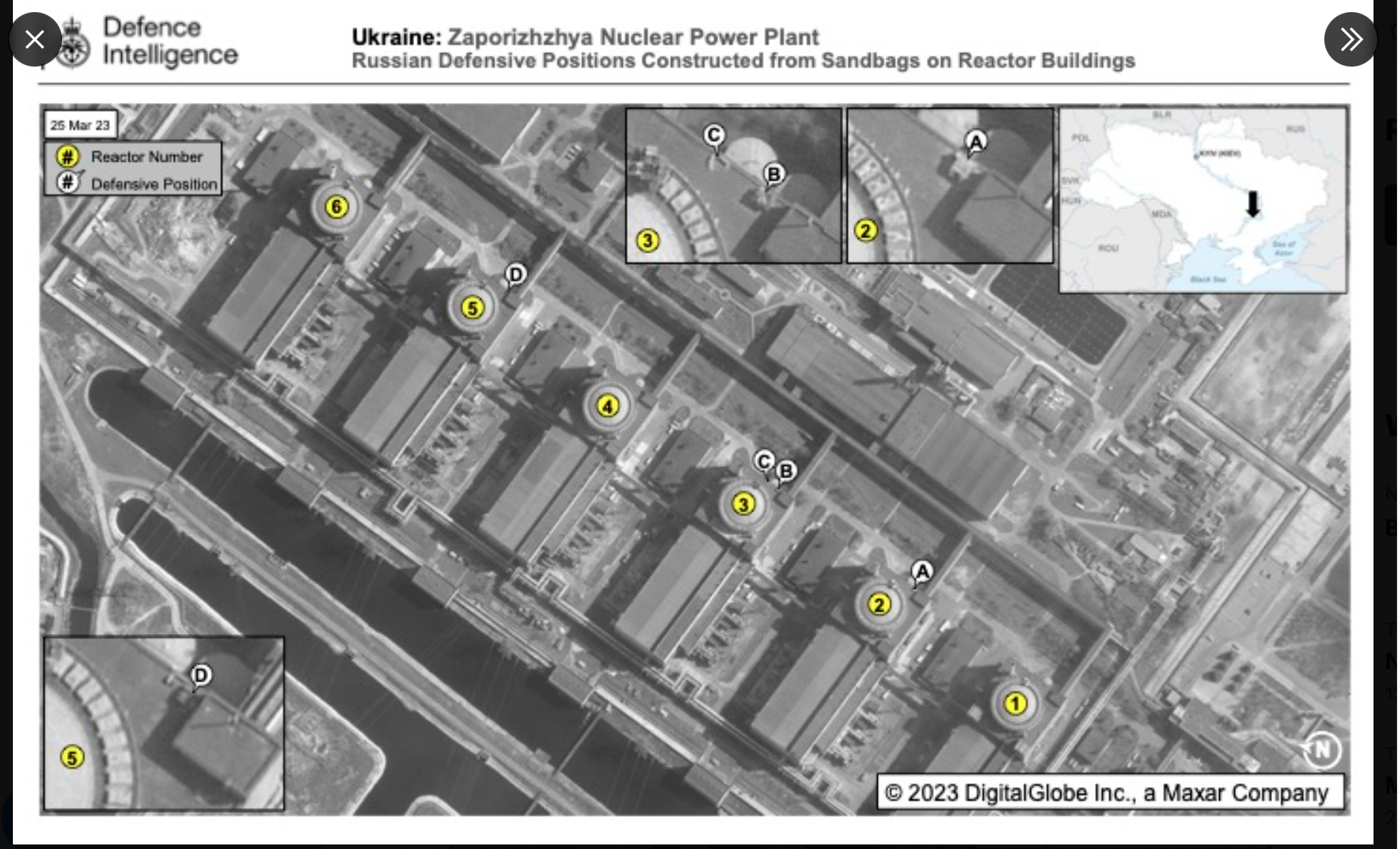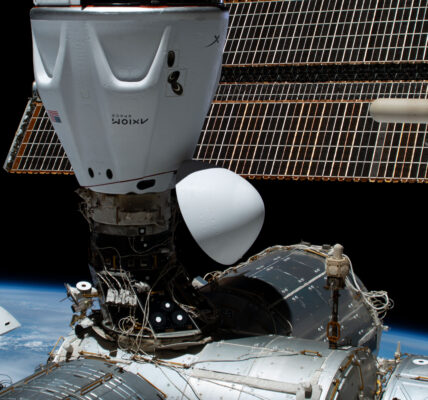
Small modular nuclear units (SMRs) have been in use in the US for 50 years on navy submarines and carriers; the technology is not new and has been proven, according to a leading technology investor. Kurt Scherer, the Managing Director of C5 Capital, says what is new “is the vision to take this and put it in a reactor that can service our cities, our people, and can replace coal plants.”
Small modular nuclear units, like the one developed by X-Energy — a company that C5 Capital invested in — offer a solution to the world’s future energy needs, Scherer told National Security News in an interview.
“The technology has been proven in South Africa and Germany,” he said.
SMR technology, Scherer indicated, is also supported by the US Department of Energy under the Advanced Reactor Demonstration Program. “They have partnered with a commercial company that knows how to drive big projects.”
The first SMR is expected to be operational in Texas around the end of the decade, “and the great news about that is they have partnered with Dow Chemical,” he added.
Dow Chemical is the largest chemical company in the United States and the second largest in the world. “You couldn’t ask for a better partner for X-Energy because they wrote the book on megaprojects. Now you have a rockstar team and a set of leaders with X-Energy,” Scherer said.
In the United Kingdom, the new state-owned nuclear body Great British Nuclear launched a competition to identify the best small modular reactors (SMRs) worldwide. They are expected to select two designs out of five contenders, with each winning design awarded a site in Britain.
Many people now understand, Scherer noted that “nuclear energy equals clean energy.”
He said that when comparing future human energy needs with the projected output from renewable sources, there remains a significant gap.
“If you look at the amount of energy that’s going to be needed by humans, and the amount that could be produced, even if you assumed 100% on all of the renewable forecasts, the gap continues to widen. As everybody, rightfully so, is thinking about how to reduce carbon for climate change, the only solution that meets both of those problems is nuclear energy.”
Using nuclear energy to ‘survive the night’ on the moon
Scherer also discussed developments at the intersection of space and nuclear energy. “One is for long-range rockets and long-range satellites. There’s a technology called nuclear thermal propulsion, and there will continue to be a need to examine longer-duration propulsion for spacecraft that will travel for years. As we try to achieve faster speeds, that’s going to be an important technology.”
A second application for nuclear in space is power to survive the night on the moon. “It relates to the fact that the temperature difference between the light side and the dark side of the moon is around negative 200 degrees Fahrenheit. That temperature becomes too cold for most electronics to survive,” Scherer explained. Nuclear reactors capable of providing power to ‘survive the night’ at a lunar base offer a solution and open the door for new advancements created on the lunar surface.
Space Sector expected to grow four-to-five-fold in next decade
On the growth potential of the space industry, Scherer said a new era of private space exploration is set to take off. The private space market, he said, is “expected to grow four or five times its current size in the next eight to ten years.”
Many private sector companies are interested in space because much of the technology development, innovation, and advancements in communication and imagery in space are occurring in the commercial sector. “It didn’t used to be that way in space,” he said.
“Advantages that space brings—from telecommunications to GPS to the imagery that many people know comes from space—have all occurred over the last 50 years. What’s exciting is that we are just at the beginning of what the space revolution will be.”
Scherer said space continues to help humanity, and there is much greater engagement with the private sector “because that is where the innovation is.” The space sector was a “very natural place for C5 Capital to put our investors’ capital.”
Axiom Space holds a competitive advantage in private space expansion
The first commercial station in space is currently being built by Axiom Space and will replace the International Space Station (ISS), a government-to-government platform that has operated for 30 years. “What Axiom has done,” says Scherer, “is taken that same model and brought the best of the private sector to bear.”
“Axiom will be able to use parts of the existing space station to help support the construction of the Axiom modules, which gives it an advantage, as Axiom can use the power systems, water, and other systems on the ISS to support construction in space,” he said.
The advantage Axiom has, according to Scherer, stems from the experience of former CEO and current board director Mike Suffredini and the unique and exclusive access to the port of the International Space Station.
“You can just imagine what it’s like trying to create these modules in orbit in the most inhospitable environment that humans know, moving at 18,000 miles per hour above the Earth and building the space station.”
Scherer emphasised that Axiom supports developments by other private space companies. “We know the Blue Origin teams. They’re doing great work. We support their development too. Having more space stations is going to benefit everyone; a rising tide will lift all boats. It is great that NASA’s working with all of them,” he said.
“I think the competition will be helpful, not only to ensure that the sharpest business plans come forward and that the right products are built, but because there’s just too much opportunity.”
Regulations needed to tackle the escalating issue of space debris
With space debris being a significant concern for the safety of space missions, Scherer emphasised the importance of regulations in space.
The breakup of a Chinese rocket following a satellite launch generated a field of debris, creating more than 300 pieces of trackable debris in low-Earth orbit, according to US Space Command. This prompted the US Space Command chief to call on Beijing to enhance notification regarding space debris.
“The ability to have a healthy tension between moving too quickly and not moving quickly enough,” he noted, “is part of what a healthy regulatory body can provide.”
He added that the goal should be, whether from the government or private sector, to engage in discussions about space debris and seek ways to recognise the limits of technology without stifling innovative advancements. “We have to ensure that regulation supports all stakeholders but does not slow things down to the extent that we overlook the importance of the progress being made.”


































































































































































































































































































